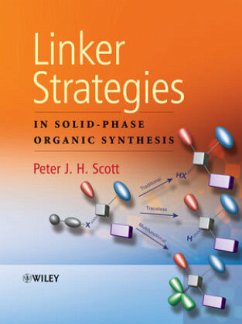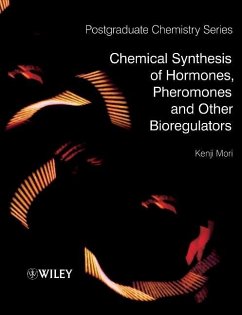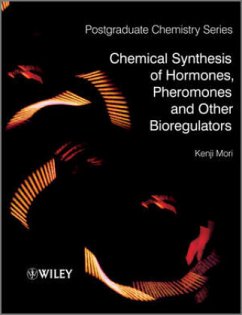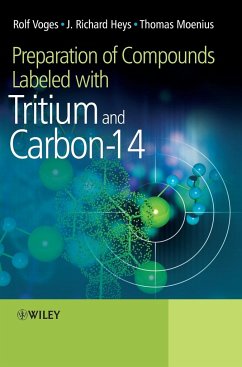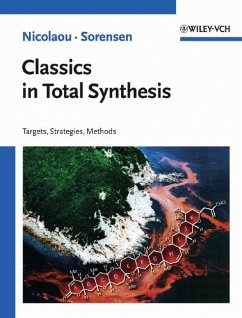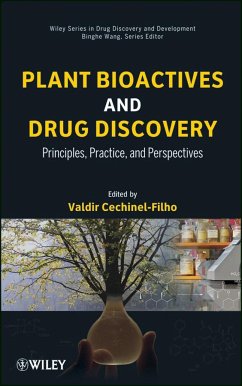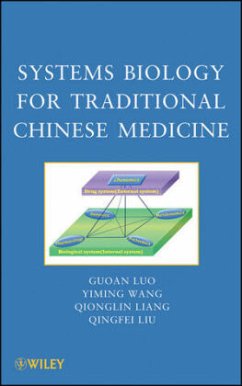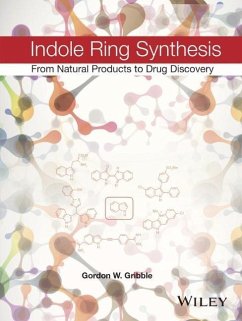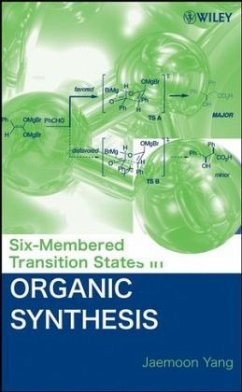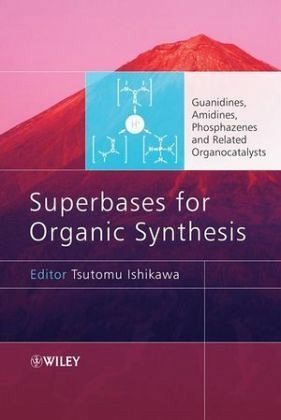
Superbases for Organic Synthesis
Guanidines, Amidines, Phosphazenes and Related Organocatalysts
Ed. by Tsutomu Ishikawa

PAYBACK Punkte
113 °P sammeln!
First book dealing with the synthesis and chemistry of the superbases guanidines, amidines and phosphazenes; widely-used tools in preparative organic chemistry. This is a hot topic area because of superbase's chemical properties, potential as catalysts, and derivation from sustainable biomaterial sources. This essential guide includes details of physical properties, biological roles, synthetic applications, appearance and synthesis as natural products, and use in medicinal chemistry.




